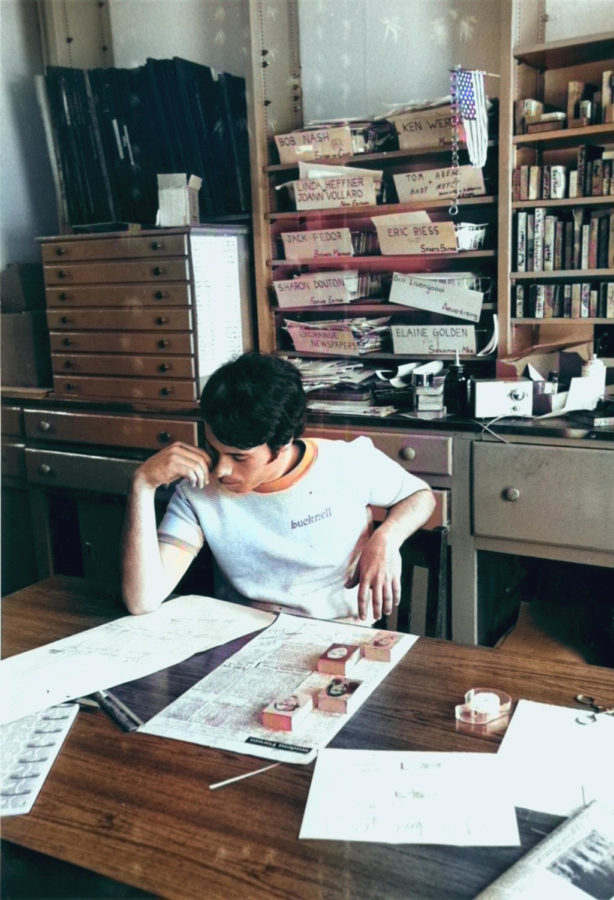You’ve probably seen it before: a dramatic police chase, a panicked 911 call, or the haunting phrase “based on real events.” Crime media is everywhere. From Law & Order marathons to endless true crime podcasts, we are immersed in stories of murder, kidnapping, and criminal masterminds.
But while these shows might be entertaining, they’re also doing something else, they’re shaping how we see the world around us.
Around 60% of Americans (sometimes more) have consistently said they believe crime is on the rise, even during decades when national crime rates have actually fallen. So what’s fueling the disconnect between perception and reality? A huge part of the answer lies in what we’re watching, streaming, and bingeing.
If the average person doesn’t encounter violent crime in their day to day life, where are their ideas about media danger coming from? Cultivation theory, developed by media scholar George Gerbner, suggests that the more time people spend consuming media, the more they begin to believe that the world mirrors what they see on screen.
In the case of crime media, that often means a world filled with constant threats, sensational violence, and simplistic narratives about good guys and bad guys.
This isn’t just a theory, there’s solid research behind it. One study found that heavy television viewers were significantly more likely to overestimate local crime rates. Another showed that frequent crime media consumers reported higher fear of crime, regardless of their actual risk or where they lived. And that fear doesn’t stay on the couch, it seeps into how we vote and how we punish.
Fear isn’t just an emotion, it’s political fuel.
Multiple studies have found that media induced fear of crime increases public support for punitive criminal justice policies, including longer sentences, increased incarceration, and decreased investment in rehabilitation. In other words, the shows that get our hearts racing are also making us more likely to back policies that harm communities.
Reality based crime shows may be the worst offenders. They dramatize investigations, fast track court cases, and depict criminals as clearly guilty and trials as clean cut. But if you’re used to seeing justice served in 43 minutes (plus commercials), the idea of long investigations or acquittals can feel frustrating, or even unjust.
This has real world consequences. If people expect the justice system to resemble what they’ve seen on TV, they may view real life protections as evidence that the system is “soft” on crime. That perception can weaken support for defendants rights and fuel policies that prioritize punishment over fairness.
Some argue that crime media plays a public service role by educating viewers and raising awareness of real threats. That might be true in theory, but in reality, most crime coverage is selective and shaped more by ratings than objectivity. Crime stories are often sensationalized and focus disproportionately on rare violent crimes, reinforcing harmful racial stereotypes and systematic bias. Instead of informing the public, the skewed coverage fuels fear, mistrust, and distorted perceptions of danger.
Psychology offers some answers as to why this crime content has such a grip on us:
First, fear conditioning tells us that the more we’re exposed to violent imagery, the more emotionally reactive we become. Even if it is fictional, it still feels real.
Next, the availability heuristic is our brain’s shortcut that causes us to believe that easy to think of examples must be common. Because we’ve seen so many TV murders, we think they’re everywhere.
Lastly, there’s confirmation bias. Once we’ve been primed to fear crime, we notice short stories that confirm that fear and ignore those that challenge it. Over time, this creates a feedback loop that is hard to break.
So what can we do about it?
To shift public understanding of justice, we need a combined effort between improving media literacy, holding creators accountable, and amplifying more responsible stories. Schools, platforms, and storytellers all play a role in helping audiences think critically, question harmful portrayals, and engage with narratives that reflect justice more accurately and ethically.
If we want a justice system rooted in truth rather than entertainment, we need to rethink the stories we consume and the power they hold.


















